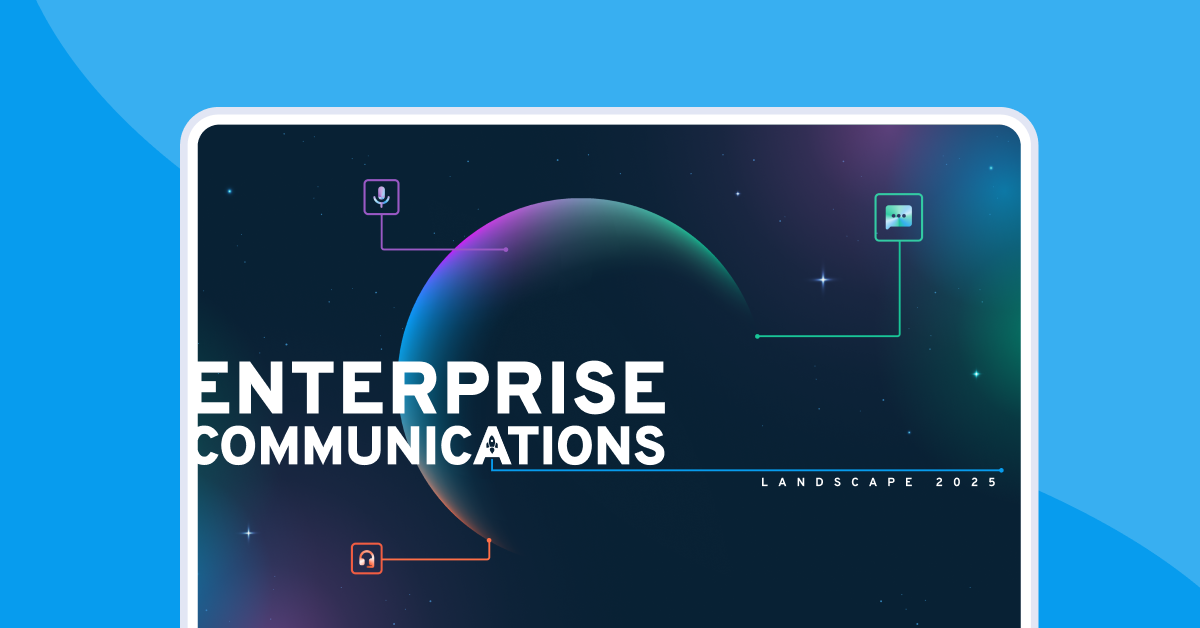It’s no secret that moving (AKA porting) phone numbers to a new provider can sometimes lead to a hassle-prone process. Port order rejections and delays can dramatically slow down your recognition of revenue, which is understandably frustrating, and fallout from unauthorized porting can easily lead to even greater hassles and lost revenues. Remember though, established processes and procedures, including FCC regulations, also exist to help protect customers (just like you) from unauthorized porting activity.
That said, if you’re reading this blog I’ll venture to guess that you’re just trying to figure out “Why is my authorized port request being rejected?” To that end, let’s take a look at the 7 most common reasons your valid port orders might be rejected by losing carriers, and a few things you can do about it:
7 common reasons for port order rejections
1. Address mismatch
If the address submitted on the authorized order does not match the address on the losing carrier’s Customer Service Record (CSR), you’re sure to see a rejection. Losing carriers often require the Service Address (not the billing address) for the phone numbers being ported over, so you’ll need to make sure the correct address for the authorized party is being used.
What can you do? We now have a CSR lookup tool available by API and via a simple user interface that can help you head off this kind of mistake. With the tool, you can look up CSR information to confirm that the address in your port order matches the address on the customer’s losing carrier account, enabling you to quickly identify a potential issue and go back to your end-user to ensure you have the right information.
2. Incorrect business name
This one is pretty straightforward: the business name must match what the losing carrier has on file for the numbers you’re porting. So why is this toward the top of the list? Spelling.
You don’t need to be a Spelling Bee champion to avoid this type of rejection, but you will need to take special care to ensure that the business name you submit on the authorized request form is exactly the same. For example, if you input “Bob’s Bagel Shop” but the losing carrier has “Bob’s Bagel Shop, LLC” they might reject the order.
How can you avoid this? Once again, pulling an accurate CSR can give you confidence that your records match the correct spelling that the losing carrier has in their CSR records for the authorized user, saving you from having to correct this and resubmit.
3. Incorrect authorized name
This occurs when the authorized name of the person who signs the Letter of Authorization (LOA) for the port order does not match what the losing carrier has in their system. This can happen inadvertently if someone leaves a company and doesn’t change the records with their carrier to name a new authorized person on the account.
What can you do? This rejection will require some intervention by the end-user with their existing provider/carrier. They need to contact the current carrier to update the authorized name on the account. As a best practice, you’ll need to wait to resubmit this port order until after the authorized name is updated, otherwise you’ll end up with a different rejection that we cover in number 7 below (the “pending order” rejection).
4. Incorrect/missing account number
Some carriers use the account number as another data point to verify a port order request, and if the account number does not line up with what they have on file, your port will be rejected. The account number is often found on the customer’s bill copy, and sometimes on the CSR.
How can you avoid this? Not all carriers require the account number in the port-out request, so we typically leave the field as optional on our port request form in the Bandwidth App. However, if we know that a carrier requires an account number and you are porting numbers from that carrier, our tool will trigger it as a required field to try to help you resolve this issue before it arises.
5. Incorrect Billing Telephone Number (BTN)
The Billing Telephone Number (BTN) / Account Telephone Number (ATN) is the main telephone number on a customer’s account, and it’s a critical data point for validating port order requests. If the BTN does not match what the losing carrier has in their records, they will reject the request.
How can you avoid this? If you receive a rejection for incorrect BTN, you will need to work with your end-user to ensure you obtain the accurate number from their current provider. Our team is ready to work with you once you get a valid BTN to make sure your port request keeps moving forward.
Enterprise Communications Landscape 2025
Hear how 750+ IT leaders are improving their number management.

6. Incorrect passcode/PIN
As an extra layer of security, some carriers use PIN/passcodes to authenticate a port request. This is similar to how your debit card has a PIN code that must match in order to access your account at an ATM. The PIN must be provided on the port request, and it must match what the other carrier has on file.
What can you do? As to be expected, the PIN/passcode can only be obtained by the actual customer of record. Sometimes you can find it on the bill copy, but if not then the customer will need to contact its current provider to resolve this situation. Once you have the authorized passcode/PIN, update the order with that information and your port will keep moving ahead.
7. Pending orders
If there are any active orders on the account that you’re porting numbers from, carriers will reject a new port order with an error saying “pending orders”. These “pending orders” can include things like a recent feature add or disconnect, address change, authorized name change, etc.
Can you avoid this? While it’s difficult to avoid entirely, there are preventative measures you can take and advise your customers to take as well. We suggest you avoid making any changes to an account before requesting a port on that account. Once “pending orders” are resolved, Bandwidth will resume porting.
Getting to FOC faster
So, back to our original question: “Why is my number port taking so long?” There’s no one-size-fits-all guarantee on the time frame required to complete a port (see our support article discussing general time frames for reference). Yet, we can all agree that the best way to receive Firm Order Commitment (FOC) faster is to reduce rejections as much as possible. That can be a tall order, since each carrier has their own set of processes, requirements, and connections to other carriers.
That’s why you need a carrier that works with you to mitigate and reduce the number of rejections you have to deal with directly. We leverage our entire team of dedicated porting specialists and our software-centric tools to help reduce rejections, including the list of error codes that our team will attempt to resolve and resubmit your valid order on your behalf.
As mentioned above, accurate CSR information plays a critical role in getting to FOC faster. To help create operational efficiencies for your porting workflow, we launched a new CSR lookup tool & API to help verify CSR information, helping you avoid many of the 7 common mistakes that lead to the rejections listed above.
Note: We keep our tools and processes up to date to provide you with as much guidance as possible in the Bandwidth App when you’re submitting a port order. However, we cannot guarantee every field will be marked “required” for each appropriate carrier since carriers change their requirements from time to time. Even if it’s marked as optional, you can include the information if you’ve got it! It can only assist in processing your port request.
Need more help with number porting?
Our dedicated porting experts are here to help! Get in touch today.



